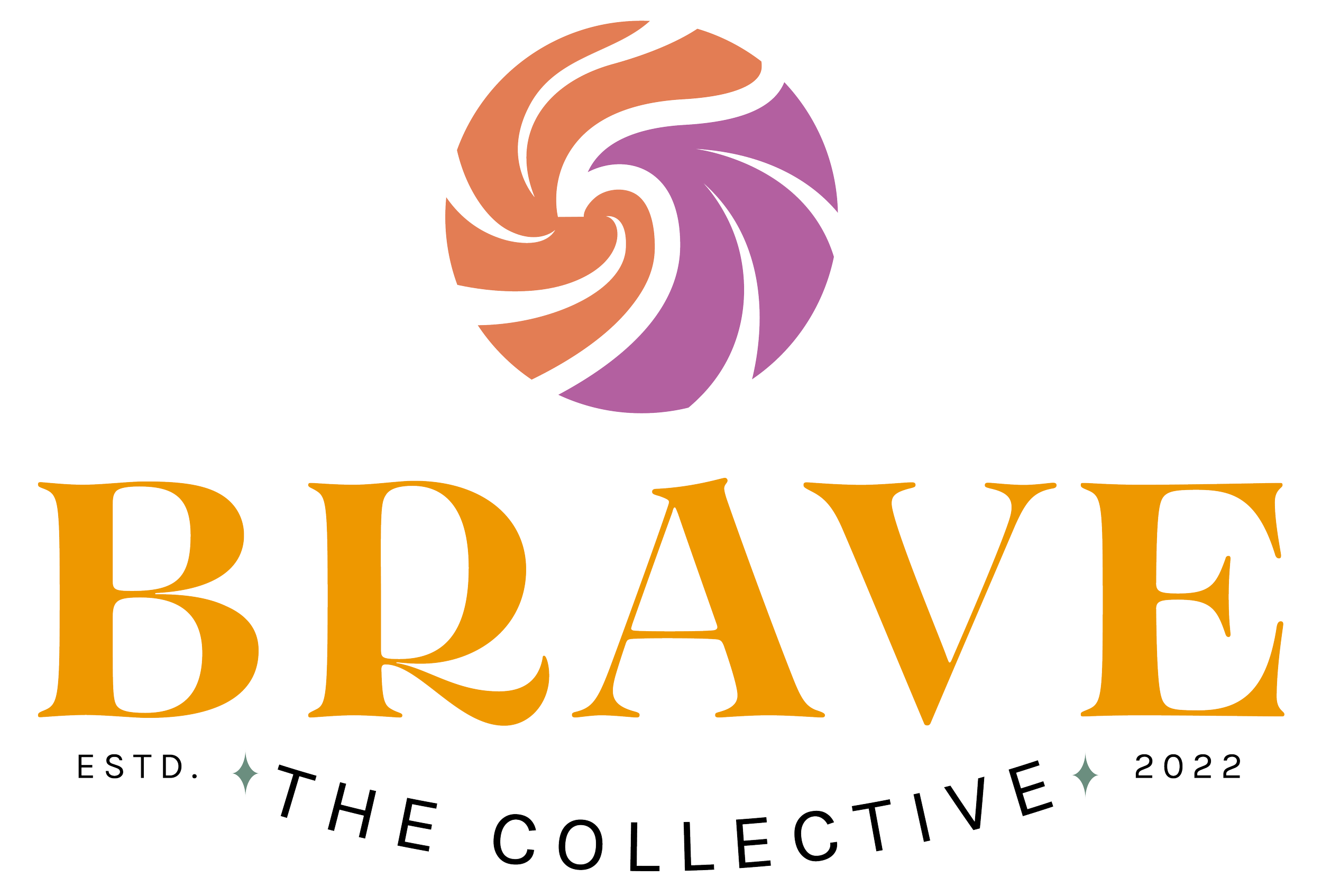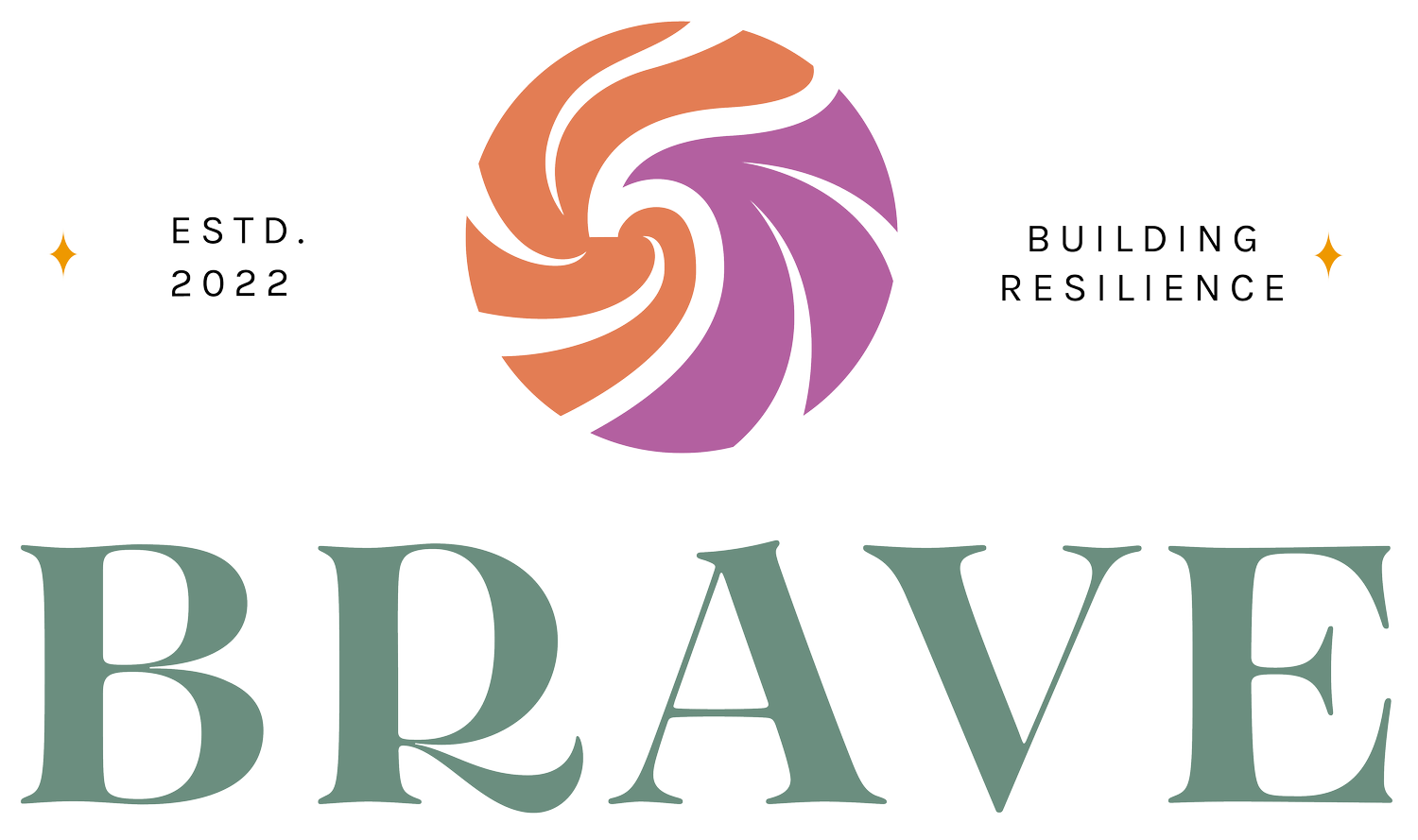The BRAVE Blog: Reframing Vicarious Trauma
Reframing Vicarious Trauma means learning how to identify Vicarious Resilience in your daily work as a trauma therapist, developing ways to install these experiences, and finding how to enhance Vicarious Resilience so it becomes your renewable energy source!
We’re fluent in the language of trauma, including vicarious trauma. But what about the moments that soften us, nourish us, help us stay? This blog explores vicarious resilience — not as a reframe, but as a nervous system truth. It’s what happens when we let in the good. And it matters more than we think.
Whether you’re sharing a resource, offering a word of encouragement, or simply naming a glimmer from your work—you’re doing more than helping someone else.
You’re strengthening your own resilience.
In trauma work, the emotional weight of the job can quickly eclipse the passion that led you to this work. And without the right support, that burden can become overwhelming.
Effective trauma work begins with a foundation of trust and shared support. Discover how the lessons learned from working with diverse trauma teams can transform the way you connect and collaborate with colleagues.
Accessing resilience is necessary for trauma therapists, but it's not something you build alone. When you're part of a supportive team, you're better equipped to face the most difficult parts of your work, especially when you've received resilience-based training. Read more to discover the 3 Cs of resilience training and how they can strengthen your team.
Resilience-based training isn't just another professional development buzzword—it's a necessity. This training equips you with the tools to manage the weight of your work without pushing your humanity aside. From Nicole Lewis-Keeber’s work on trauma-informed leadership to the supportive community within the BRAVE Trauma Therapist Collective, there’s a wealth of resources designed to help you tap into this inner resilience. Read the blog to learn more.
Every day, you witness the sparks of healing in others, yet sometimes the weight of it all can dim your light. Those quiet moments of triumph in a session, where a client’s courage shines through—it’s easy to overlook them when you're lost in the depths of the struggle.
Consider Positive Outcome Mapping, a tool to not only navigate these challenges but to see the beautiful intricacies of your work. This practice lets you pause and see the mosaic of resilience you piece together every day.
Ever find yourself inspired by a client's breakthrough, even when the weight of their stories feels overwhelming? For trauma therapists, this dual experience—where the emotional toll of engaging empathically with clients also pays back in unexpected resilience—is known as vicarious resilience.
Being a trauma therapists means we wear many hats, and we often try to keep them all nice, neat, and separated. This week, we have a Guest Blog post from Sarah Sanders, LMFT, and she shows us the power of showing up as an integrated self - trauma therapist side and all!
What if Vicarious Resilience could be your renewable source of self-care, the antithesis to weaponized self-care? It’s possible when you can recognize, install, and enhance Vicarious Resilience!
We both know there is a deeper reason you keep doing this work. For me, it's because I really do see people get better.
What’s your reason?
Supervision is a sacred space with trainees.
Of course, the main goal is to process cases and strengthen clinical skills, but supervision is so much more than reporting updates and being told what to do next. It is an opportunity for Vicarious Resilience.
Want More on Vicarious Resilience?
The BRAVE Vicarious Trauma Workshop will help you deepen your understanding of how VT shows up for you and support you in managing it in realistic and sustainable ways.



Building Resilience Against Vicarious Exposure:
A place where trauma therapists can thrive together!













Most trauma therapists have heard the term vicarious trauma—but far fewer have been introduced to its powerful counterpart: vicarious resilience. In this post, I share the origin story of this concept and explore how we, as trauma therapists, can name, notice, and expand our own experiences of resilience through the work we do. If you’ve ever walked out of a session feeling changed in a good way—this is for you.